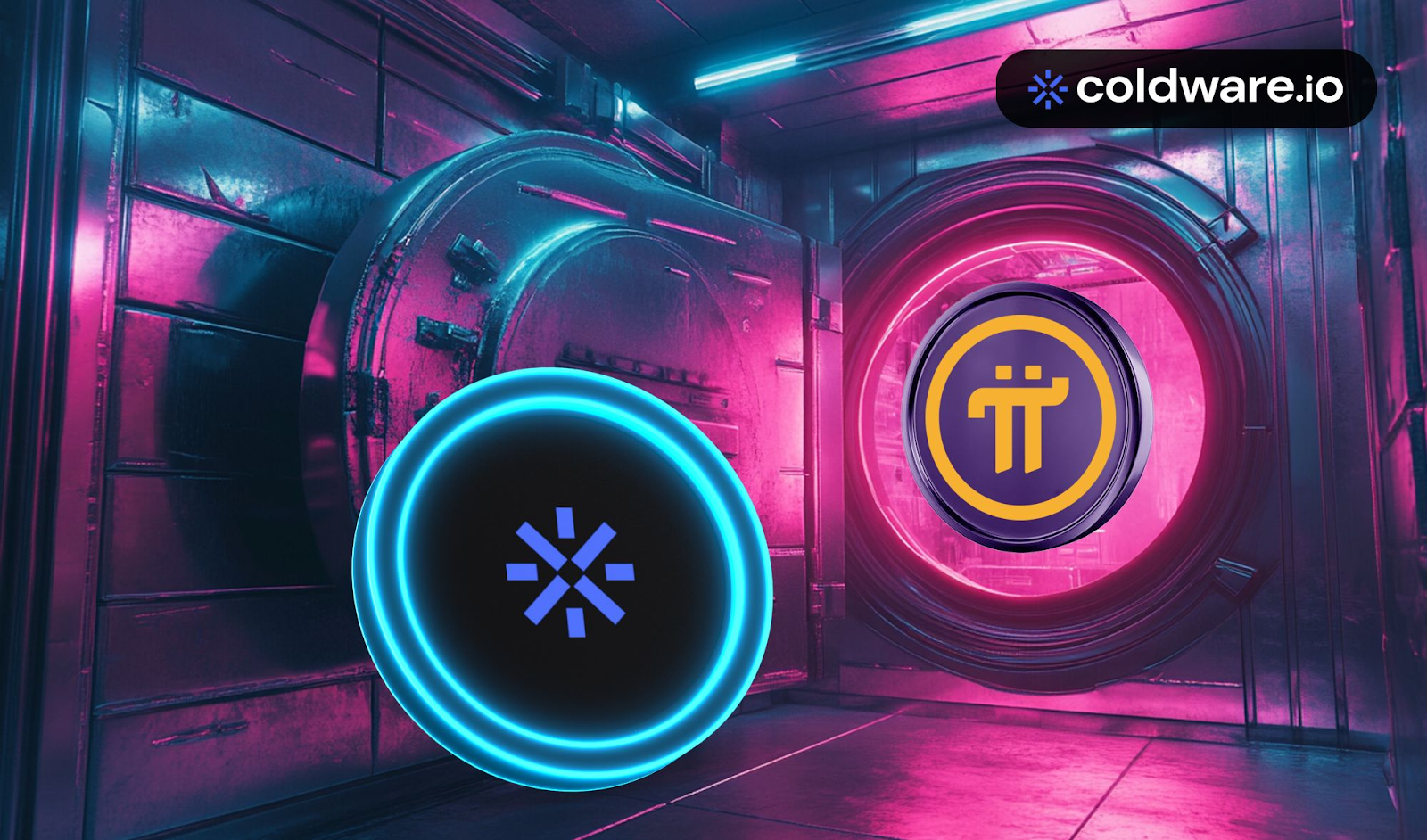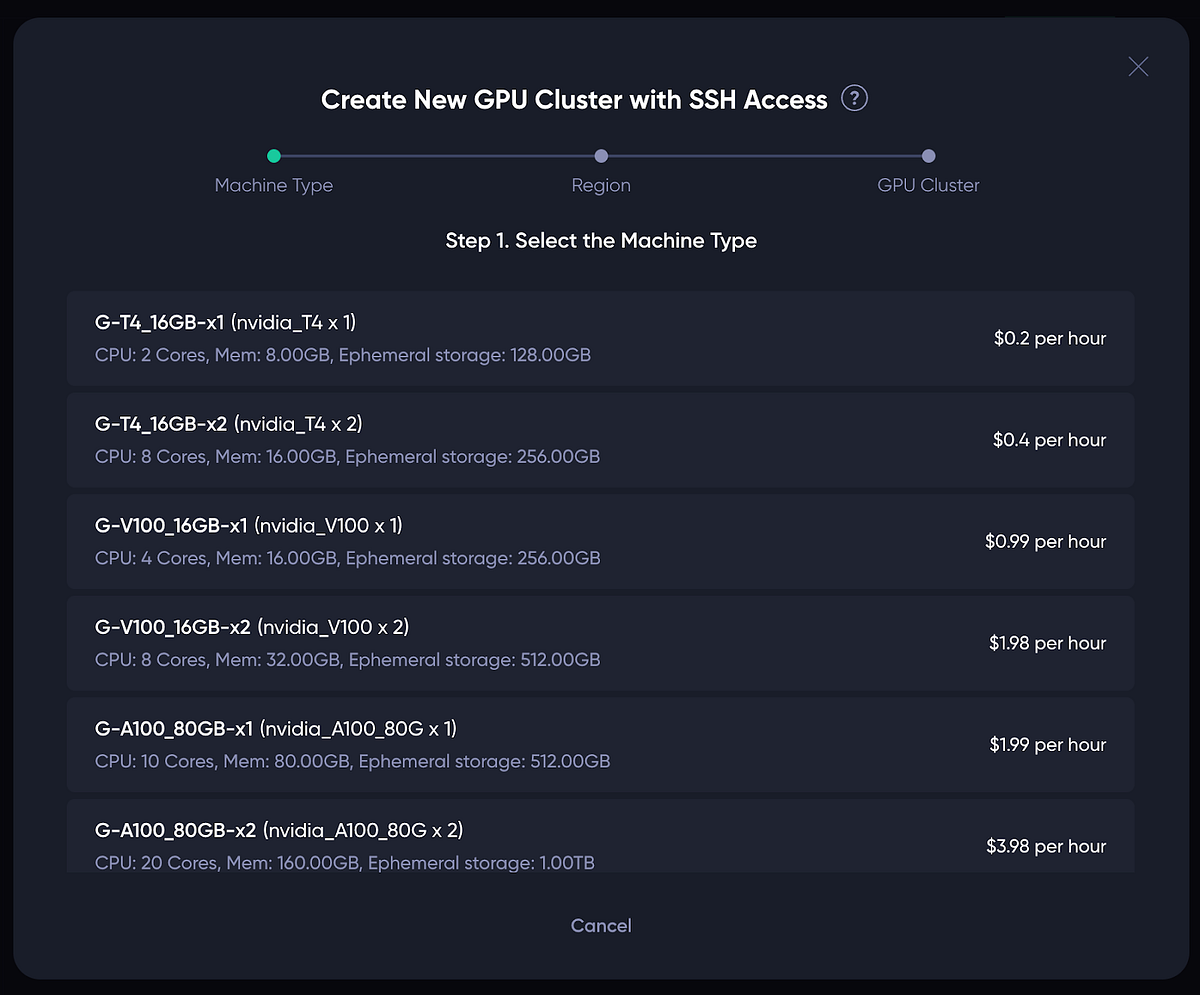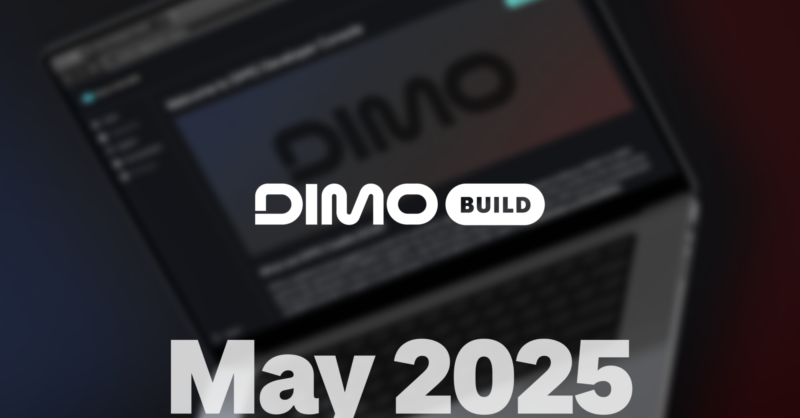The Data Act: A Catalyst for a New Data Economy

The upcoming Data Act, set to come into effect on September 12, 2025, represents a significant shift in how data is accessed, used, and shared across the EU. This legislation aims to dismantle existing data silos, empowering consumers and businesses alike by granting them ownership and control over their data. The European Commission anticipates that the Data Act will foster a new data economy, projected to be worth €270 billion by 2028. For consumers, this means they will finally have access to the data generated by their devices, while IoT manufacturers will face new responsibilities to inform users about data generation and access rights at the point of sale.
Enforcement of the Data Act is a crucial aspect that has raised questions among consumers and developers. Each EU member state is tasked with integrating the Data Act into their national legislation by the deadline, including establishing penalties for non-compliance. For instance, Finland’s draft proposal suggests penalties aligned with GDPR, allowing fines of up to €100,000 and up to 4% of a company’s global turnover. Other countries, like the Netherlands, are also considering significant fines for violations, ensuring that the Data Act is not merely a theoretical framework but a practical regulation with real consequences for non-compliance.
The Data Act also aims to create a level playing field by designating major tech companies as ‘gatekeepers’ who are restricted from accessing third-party data under the Act. This regulation is designed to prevent these dominant players from monopolizing the new data landscape, thus allowing smaller enterprises and Web3 projects to compete effectively. Emerging technologies, particularly AI and AI agents, stand to benefit immensely from the Data Act, as it unlocks access to machine-readable data from connected devices. Streamr, with its technology connecting real-time data providers and subscribers, is positioned to facilitate this new data economy, bridging the gap between AI systems and real-time data sources, and paving the way for innovative applications across various industries.
Related News





